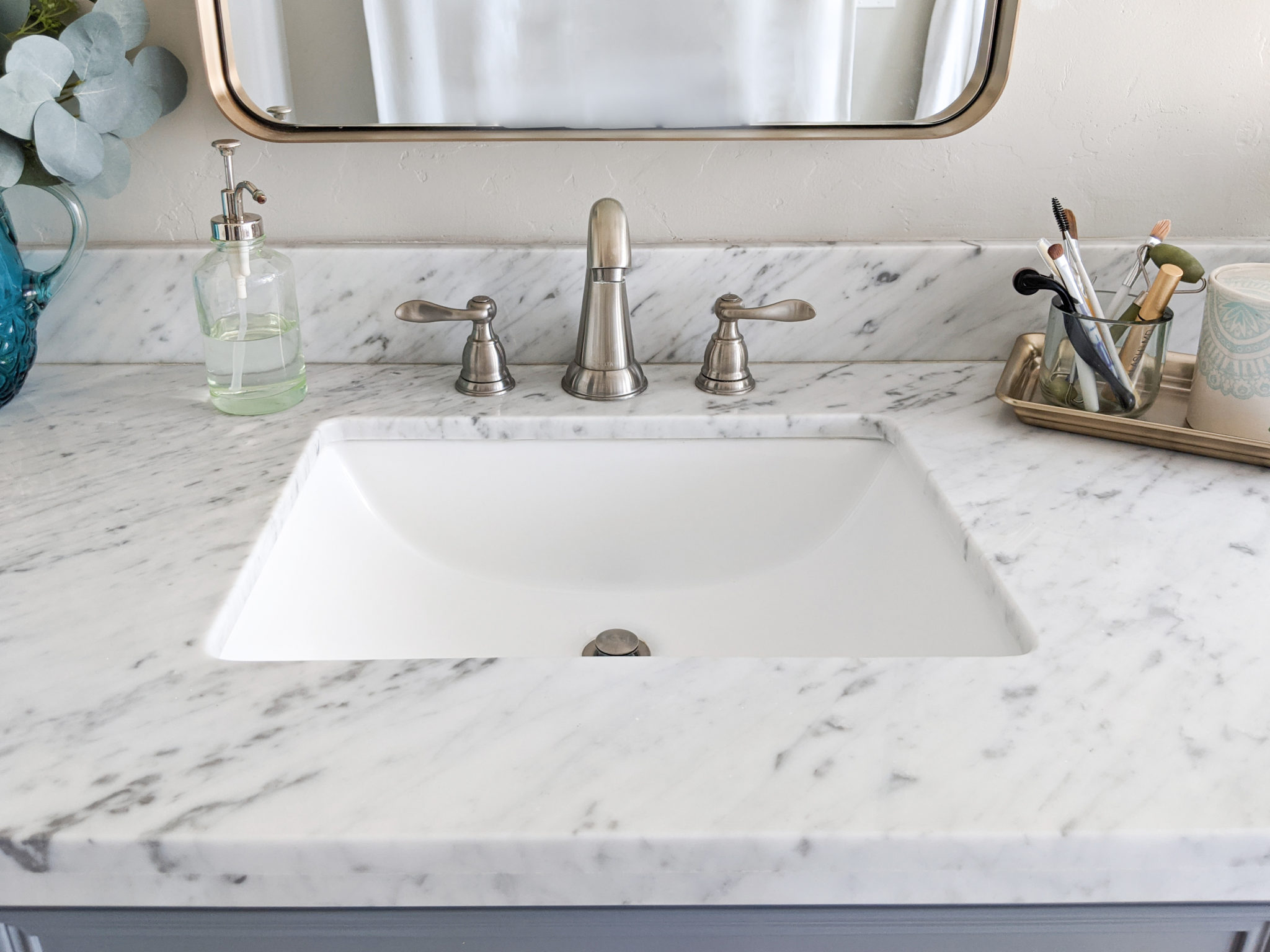

Articles
How To Mount Undermount Sink
Modified: February 26, 2024
Learn how to mount an undermount sink with our informative articles. Get step-by-step instructions and expert tips to ensure a successful installation.
(Many of the links in this article redirect to a specific reviewed product. Your purchase of these products through affiliate links helps to generate commission for Storables.com, at no extra cost. Learn more)
Introduction
Welcome to our comprehensive guide on how to mount an undermount sink. Undermount sinks have become increasingly popular in modern kitchens due to their sleek and seamless look. Unlike traditional top-mounted sinks, undermount sinks are installed from underneath the countertop, creating a smooth surface that is both visually appealing and easy to clean.
Mounting an undermount sink may seem like a daunting task for those unfamiliar with plumbing or DIY projects. However, with the right tools, materials, and a bit of guidance, you can successfully install an undermount sink and add a touch of elegance to your kitchen or bathroom.
In this step-by-step article, we will walk you through the entire process of mounting an undermount sink. From gathering the necessary tools to connecting the plumbing, we’ll provide you with all the information you need to ensure a professional and secure installation.
Whether you’re a DIY enthusiast looking to upgrade your kitchen or a homeowner with a basic knowledge of plumbing, this guide is designed to help you achieve a successful undermount sink installation. So let’s dive in and get started on transforming your space with a beautiful undermount sink!
Key Takeaways:
- Mounting an undermount sink involves gathering the right tools, preparing the cabinet, marking the sink position, creating support rails, installing sink clips, applying silicone adhesive, connecting the plumbing, testing for leaks, and adding finishing touches. Each step is crucial for a secure and reliable installation.
- Successfully installing an undermount sink not only enhances the visual appeal of your kitchen or bathroom but also ensures convenience and functionality. Proper care and maintenance will help prolong the lifespan of your undermount sink, maintaining its pristine condition for years to come.
Read more: What Is Undermount Sink
Step 1: Gather the necessary tools and materials
The first step in mounting an undermount sink is to gather all the necessary tools and materials. Having everything prepared before you begin will make the installation process much smoother and more efficient. Here are the items you’ll need:
- Undermount sink: Choose the type and size of undermount sink that suits your needs and preferences. Ensure that it is compatible with your countertop material.
- Mounting clips: These are special brackets that hold the sink in place under the countertop. The number of clips required will depend on the size and shape of your sink.
- Silicone adhesive: You’ll need a high-quality, waterproof silicone adhesive to create a strong bond between the sink and the countertop.
- Support rails: These are optional but recommended for additional stability and to distribute the weight of the sink evenly.
- Screwdriver or drill: You’ll need a screwdriver or drill to secure the mounting clips and support rails.
- Plumber’s tape: This specialized tape is used to create a watertight seal around plumbing connections.
- Adjustable wrench: An adjustable wrench will be needed to tighten plumbing connections.
- Bucket or basin: Have a bucket or basin on hand to catch any water or debris during the installation process.
- Rags or towels: Keep some rags or towels nearby to wipe up any spills or clean the area as needed.
Before you start the installation, carefully read the manufacturer’s instructions that come with your specific undermount sink. These instructions may outline any additional tools or materials that are required for your particular sink model.
Gathering all the necessary tools and materials in advance will save you time and ensure that you have everything you need when you begin the installation process. With these items at hand, you’re ready to move on to the next step of preparing the cabinet for the undermount sink installation.
Step 2: Prepare the cabinet
Once you have gathered all the necessary tools and materials, the next step in mounting an undermount sink is to prepare the cabinet where the sink will be installed. Follow these steps to ensure a solid and stable foundation for your sink:
- Clean the cabinet: Remove any objects, cleaning supplies, or debris from the cabinet to create a clean workspace. Wipe down the interior to remove any dust or dirt.
- Measure the sink: Measure the dimensions of the undermount sink to determine the cutout size required in the countertop. Use a measuring tape to carefully note the length, width, and depth of the sink.
- Mark the cutout: Use a pencil or marker to mark the cutout dimensions on the inside of the cabinet. Take into account any additional space needed for mounting clips or support rails.
- Clear the area: Once you have marked the cutout, remove any obstacles or obstructions within the marked area. This may include shelves, drawers, or any other components that could interfere with the installation process.
- Create a brace: If your cabinet has a large opening or lacks solid support near the front, consider adding a wooden brace or support to reinforce the area where the sink will be installed. This will provide added stability and prevent sagging over time.
- Adjust shelving: If there are adjustable shelves in the cabinet above the sink area, consider adjusting them to accommodate the height of the undermount sink. This will ensure that there is enough space for the sink and plumbing connections.
By taking the time to prepare the cabinet properly, you will create a stable and supportive environment for your undermount sink. This will not only make the installation process easier but also help to prevent any future issues with the sink shifting or becoming loose.
Once you have completed the necessary preparations, you’re ready to move on to the next step of marking the position of the sink on the countertop.
Step 3: Mark the sink position
After preparing the cabinet, the next step in mounting an undermount sink is to mark the position of the sink on the countertop. By accurately marking the sink position, you will ensure a proper fit and alignment during the installation process. Follow these steps to mark the sink position:
- Place the sink upside down: Carefully place the undermount sink upside down on the countertop in the desired position. Align the sink with any pre-existing cutouts or markings on the countertop, if applicable.
- Trace the outline: Use a pencil or marker to trace the outline of the sink onto the countertop. Follow the edges of the sink and be as precise as possible. This will serve as a guide for the cutout or installation of the sink.
- Add additional markings: In addition to tracing the outline, mark the location of any faucet holes or additional openings required for your specific sink and plumbing configuration. Double-check the manufacturer’s instructions for any specific markings or measurements needed.
- Ensure proper alignment: Confirm that the sink is aligned evenly with the countertop edges and any surrounding fixtures or appliances. Adjust the position if necessary to achieve the desired look and functionality.
- Double-check the measurements: Measure the dimensions of the marked sink position to ensure accuracy. Verify that the cutout size matches the dimensions of the sink itself, including any additional space required for mounting clips or support rails.
By taking the time to accurately mark the sink position, you will avoid any unnecessary mistakes or complications during the installation process. Proper alignment and measurements are crucial for a seamless and professional-looking installation.
Once you have marked the sink position on the countertop, you are ready to proceed to the next step of creating support rails to provide additional stability for the undermount sink.
Step 4: Create support rails
Creating support rails is an important step in mounting an undermount sink, as they provide additional stability and support for the sink. Support rails ensure that the weight of the sink is evenly distributed, reducing the risk of sagging or damage to the countertop. Follow these steps to create and install support rails for your undermount sink:
- Measure the length: Measure the length of the front and back edges of the sink cutout on the countertop. Use a measuring tape to ensure accurate measurements.
- Cut the support rails: Using a saw or a similar cutting tool, cut two pieces of wood or plywood to match the length measured in the previous step. The width and thickness of the support rails will depend on the size and weight of your sink.
- Position the support rails: Place the support rails along the front and back edges of the sink cutout on the underside of the countertop. Ensure that they are positioned parallel to each other.
- Screw or clamp the support rails: Secure the support rails in place using screws or clamps. If using screws, make sure they are long enough to penetrate the countertop and hold the support rails firmly.
- Verify the stability: Test the stability of the support rails by gently pressing down on them. They should feel secure and not shift or wobble. If necessary, reinforce them with additional screws or clamps.
Support rails are especially important for larger or heavier sinks, as they help distribute the weight and prevent strain on the countertop. They also ensure that the sink remains level and secure over time.
Once you have created and installed the support rails, you are ready to move on to the next step of installing the sink clips, which will hold the undermount sink securely in place.
Read more: How To Measure Undermount Sink
Step 5: Install the sink clips
In this step, we will install the sink clips, which are crucial for securing the undermount sink to the countertop. These clips provide stability and prevent the sink from shifting or separating from the countertop. Follow these steps to properly install the sink clips:
- Position the sink clips: Take one sink clip at a time and position it along the edge of the sink cutout on the underside of the countertop. Typically, undermount sinks require several clips to ensure proper support.
- Align the sink clips: Make sure that the sink clips align with the corresponding holes or slots on the edge of the sink. This will ensure a snug and secure fit when the sink is mounted.
- Attach the sink clips: Using a screwdriver or drill, securely fasten the sink clips to the underside of the countertop. If necessary, refer to the manufacturer’s instructions for specific screw sizes or attachment methods.
- Test for stability: Once all the sink clips are installed, gently push or tug on the sink to test its stability. It should feel secure and not move or shift significantly. If any clips feel loose, tighten them further to ensure a firm hold.
- Double-check the alignment: Verify that the sink is properly aligned with the sink cutout and that the clips are evenly spaced around the sink’s perimeter.
Proper installation of sink clips is crucial for the long-term durability and stability of your undermount sink. These clips evenly distribute the weight and ensure that the sink remains securely attached to the countertop.
With the sink clips securely in place, we can now move on to the next step of applying silicone adhesive to create a strong bond between the sink and the countertop.
Step 6: Apply silicone adhesive
Applying silicone adhesive is an essential step in mounting an undermount sink as it creates a strong and watertight seal between the sink and the countertop. This adhesive helps to prevent water leakage and ensures the stability of the sink. Follow these steps to properly apply silicone adhesive:
- Clean the surfaces: Ensure that both the underside of the countertop and the rim of the sink are clean and free of any dust or debris. Use a mild cleanser and a soft cloth to wipe away any dirt or residue.
- Apply the silicone adhesive: Using a caulk gun, carefully apply a continuous bead of silicone adhesive along the entire perimeter of the sink rim. Make sure to evenly distribute the adhesive to ensure a secure bond.
- Smooth and level the adhesive: Use a latex glove or a moistened finger to smooth and level the applied silicone adhesive. This will create a neat and consistent seal between the sink and the countertop.
- Remove excess adhesive: Wipe away any excess silicone adhesive with a damp cloth before it dries. This will help to achieve a clean and professional finish.
- Allow the adhesive to cure: Follow the manufacturer’s instructions regarding the curing time for the silicone adhesive. It is typically recommended to allow the adhesive to cure for at least 24 hours before further handling the sink.
By applying silicone adhesive, you create a strong and waterproof bond between the undermount sink and the countertop. This adhesive ensures that the sink remains securely in place even with regular use and water exposure.
With the silicone adhesive successfully applied, we can now move on to the next step of mounting the undermount sink into the countertop.
When mounting an undermount sink, be sure to use a high-quality adhesive specifically designed for this purpose. Properly clean and dry the surfaces before applying the adhesive to ensure a secure and long-lasting installation.
Step 7: Mount the undermount sink
Now that the silicone adhesive has cured, it’s time to mount the undermount sink into the countertop. This step requires careful handling and precision to ensure a proper and secure fit. Follow these steps to successfully mount the undermount sink:
- Enlist a helper: If possible, have someone assist you with lifting and positioning the sink. Undermount sinks can be heavy, so having an extra set of hands will make the process easier.
- Lift the sink into position: Carefully lift the undermount sink and place it into the marked cutout on the countertop. Make sure the sink is correctly aligned with the sink clips and support rails.
- Press the sink down firmly: Apply gentle pressure to press the sink firmly against the silicone adhesive. This will help create a strong and secure bond between the sink and the countertop.
- Check the alignment: Double-check that the sink is evenly aligned with the surrounding countertop edges and any pre-cut faucet holes or openings.
- Ensure a flush fit: Confirm that the sink rim is sitting flush against the countertop and that there are no gaps or uneven areas. Adjust the position of the sink if needed.
It is important to be cautious and handle the sink with care during this step to avoid damaging the sink or the countertop. Take your time to make sure the sink is properly aligned and securely in place.
With the undermount sink successfully mounted, we can now proceed to the next step of securing the sink in place using the sink clips.
Step 8: Secure the sink in place
After mounting the undermount sink in the previous step, it’s time to secure it in place to ensure stability and prevent any movement. This step involves properly securing the sink clips and tightening them to firmly hold the sink to the countertop. Follow these steps to securely fasten the sink in place:
- Access the sink clips: Locate the sink clips that were previously installed on the underside of the countertop.
- Align the sink clips: Position each sink clip over its corresponding hole or slot on the edge of the sink. Make sure the clips are correctly aligned and properly seated.
- Tighten the sink clips: Using a screwdriver or a drill, carefully tighten the screws on each sink clip. Start with a gentle tightening and gradually increase the pressure until the sink feels securely fastened.
- Check the sink stability: Gently push or apply downward pressure to the sink to confirm that it remains stable and does not move or shift significantly. If any sink clips feel loose, tighten them further.
- Double-check the alignment: Verify that the sink is still properly aligned with the countertop and any surrounding fixtures. Adjust as necessary.
Securing the sink with the sink clips is crucial for ensuring that the undermount sink stays firmly in place. It provides stability and minimizes the risk of any movement or displacement.
With the sink securely fastened to the countertop, we can move on to the next step of connecting the plumbing and ensuring proper functionality.
Read more: How To Install Undermount Kitchen Sink
Step 9: Connect the plumbing
Once the undermount sink is securely in place, it’s time to connect the plumbing. This step involves attaching the necessary pipes, fittings, and fixtures to ensure the proper flow of water and drainage. Follow these steps to connect the plumbing:
- Install the drain assembly: Begin by installing the drain assembly into the bottom of the sink. This typically involves attaching the drain flange to the sink’s drain opening and securing it with a rubber gasket and a locknut.
- Connect the P-trap and tailpiece: Connect the P-trap and tailpiece to the drain assembly. These components help to redirect and trap debris, preventing clogs and odors. Use adjustable wrenches to tighten the connections securely.
- Attach supply lines: Connect the hot and cold water supply lines to the appropriate faucet handles or valves. Use Teflon tape or plumber’s tape to ensure a watertight seal on the threaded connections.
- Tighten all connections: Use adjustable wrenches to tighten all plumbing connections, ensuring that they are secure but not over-tightened. Double-check for any leaks or drips.
- Test the water flow: Turn on the water supply and test the faucets to ensure proper water flow. Check for any leaks or drips and make adjustments as needed.
- Check for proper drainage: Fill the sink with water and then release it, checking for smooth and efficient drainage through the P-trap. If there are any issues, ensure that the drain and pipes are properly aligned and that there are no obstructions.
Connecting the plumbing is a critical step to ensure the proper functioning of the undermount sink. Take the time to carefully tighten all connections and test for any leaks or drainage issues.
With the plumbing successfully connected, we can move on to the next step of testing for leaks to ensure a watertight installation.
Step 10: Test for leaks
After connecting the plumbing, it is crucial to thoroughly test for any leaks to ensure a watertight installation. Detecting and addressing leaks early on will help prevent water damage and ensure the proper functioning of your undermount sink. Follow these steps to test for leaks:
- Turn off water supply: Before conducting the leak test, turn off the water supply to the sink. This can usually be done by closing the shut-off valves located beneath the sink.
- Inspect all connections: Carefully examine all plumbing connections, including the drain assembly, supply lines, and any other fittings. Look for any signs of moisture, dripping, or pooling water.
- Wipe dry: Use a clean towel or cloth to wipe all plumbing connections and surrounding surfaces dry. This will make it easier to spot any new leaks during the testing process.
- Turn on water supply: Slowly turn on the water supply to the sink. Monitor each connection carefully as the water flows, paying close attention to any areas that show signs of water leakage.
- Check for leaks: Watch for any drips, wet spots, or water pooling around the connections. Additionally, listen for any unusual sounds that may indicate a leak. Use a flashlight if necessary to inspect harder-to-see areas.
- Tighten or reseal connections: If you notice any leaks, use adjustable wrenches or other appropriate tools to tighten the affected connections. If necessary, apply additional silicone or plumber’s tape to create a better seal.
- Re-test for leaks: After making adjustments, repeat the leak test by turning on the water supply. Monitor the connections closely to ensure that the leaks have been resolved.
Thoroughly testing for leaks is a crucial step in the installation process. By addressing any leaks promptly, you can avoid potential water damage and ensure the long-term integrity of your undermount sink.
With the leak test successfully completed and any necessary adjustments made, we can move on to the final step of adding the finishing touches and cleaning up the installation area.
Step 11: Finishing touches and cleanup
With the undermount sink successfully installed, it’s time to add the finishing touches and clean up the installation area. This step involves making sure everything looks tidy and completing any final tasks to complete the installation process. Follow these steps to finish the undermount sink installation:
- Trim excess silicone adhesive: Carefully trim any excess silicone adhesive that may have squeezed out during the installation process. Use a utility knife or a scraper to achieve a clean and polished look.
- Clean the sink and countertop: Wipe down the sink and countertop with a mild cleanser and a soft cloth to remove any residue or smudges. Pay special attention to the edges and the area around the mounting clips.
- Reinstall any removed components: If you had to remove any shelves, drawers, or other components from the cabinet, now is the time to reinstall them. Ensure that they are properly aligned and adjusted to accommodate the presence of the undermount sink.
- Inspect for any remaining debris or tools: Check the installation area for any leftover debris, tools, or packaging materials. Remove and properly dispose of them to ensure a clean and clutter-free workspace.
- Check for proper sink functionality: Test the sink by running water and inspecting the drainage. Make sure that the faucet handles and any other fixtures are working properly and without leaks.
- Touch up any necessary areas: If there are any visible scratches or imperfections on the sink or countertop, consider using touch-up paint or a polish kit to repair or improve the appearance.
- Admire your finished installation: Take a moment to appreciate your hard work and the transformation brought by the new undermount sink. Enjoy the beautiful and functional addition to your kitchen or bathroom!
Completing the finishing touches and cleanup will leave you with a professional-looking and polished undermount sink installation. It ensures that everything is in order and ready for everyday use.
With the installation process now complete, you can enjoy the benefits of your new undermount sink and the enhanced aesthetic it brings to your space.
Conclusion
Congratulations on successfully completing the installation of your undermount sink! By following the step-by-step guide provided in this article, you have acquired the knowledge and skills necessary to mount an undermount sink with confidence. With your new undermount sink in place, you can enjoy a sleek and seamless look in your kitchen or bathroom, along with the convenience and functionality it provides.
Throughout the installation process, you learned how to gather the necessary tools and materials, prepare the cabinet, mark the sink position, create support rails, install sink clips, apply silicone adhesive, mount the sink, connect the plumbing, test for leaks, and add the finishing touches. Each step plays a crucial role in ensuring a secure and reliable installation that will stand the test of time.
Remember to periodically check for any signs of wear, leaks, or damage as part of routine maintenance. Proper care and regular inspections will help prolong the lifespan of your undermount sink and maintain its pristine condition.
We hope that this comprehensive guide has provided you with the information and guidance needed to successfully install an undermount sink. However, if you encounter any challenges or complications during the installation process, it is always advisable to consult with a professional or seek expert advice.
Enjoy your newly installed undermount sink and the beauty and functionality it brings to your home. Whether you’re washing dishes, preparing meals, or simply enjoying the aesthetic appeal, your undermount sink is sure to enhance your daily experiences in the kitchen or bathroom.
Thank you for choosing this guide, and we wish you many years of satisfaction with your undermount sink!
Frequently Asked Questions about How To Mount Undermount Sink
Was this page helpful?
At Storables.com, we guarantee accurate and reliable information. Our content, validated by Expert Board Contributors, is crafted following stringent Editorial Policies. We're committed to providing you with well-researched, expert-backed insights for all your informational needs.
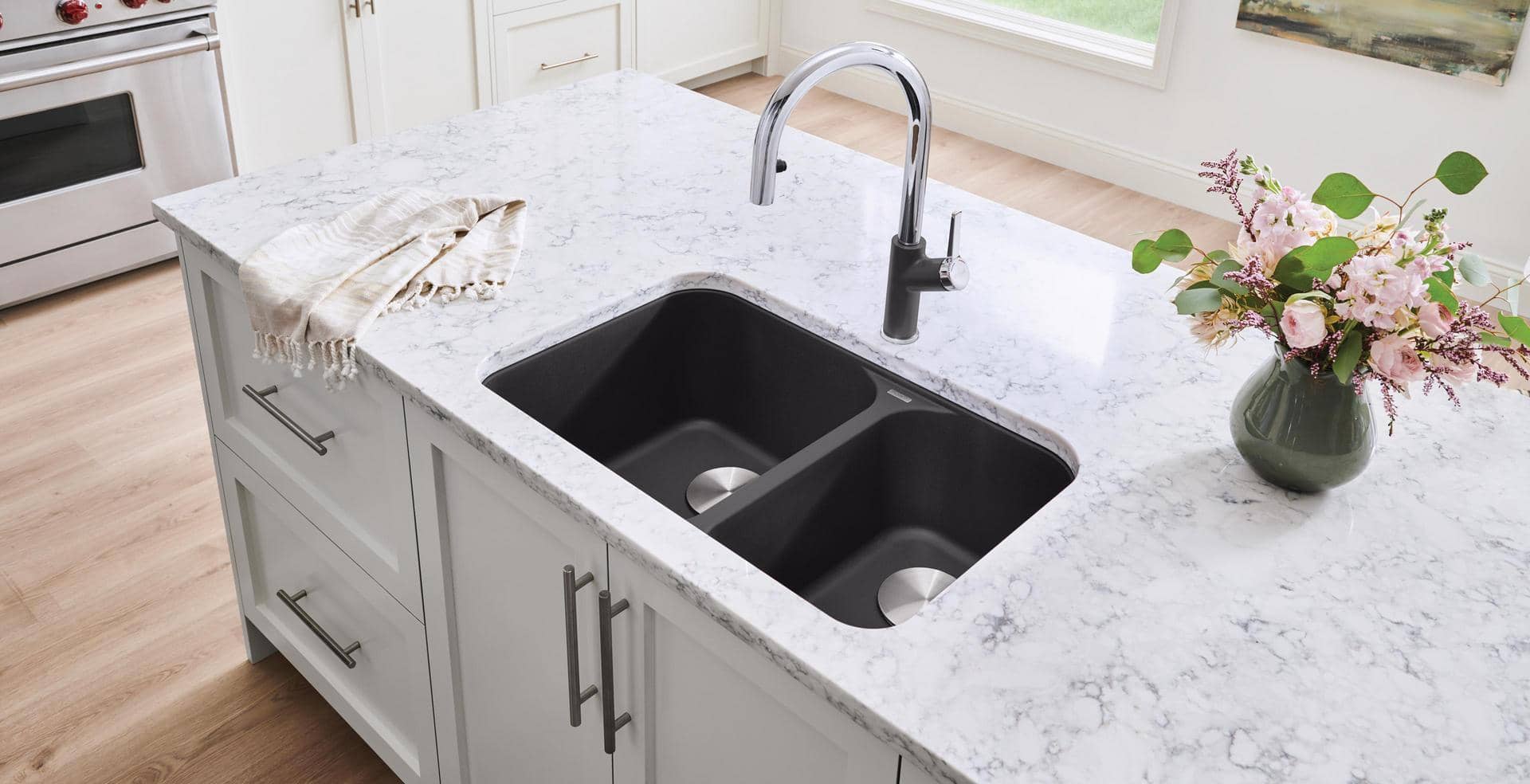

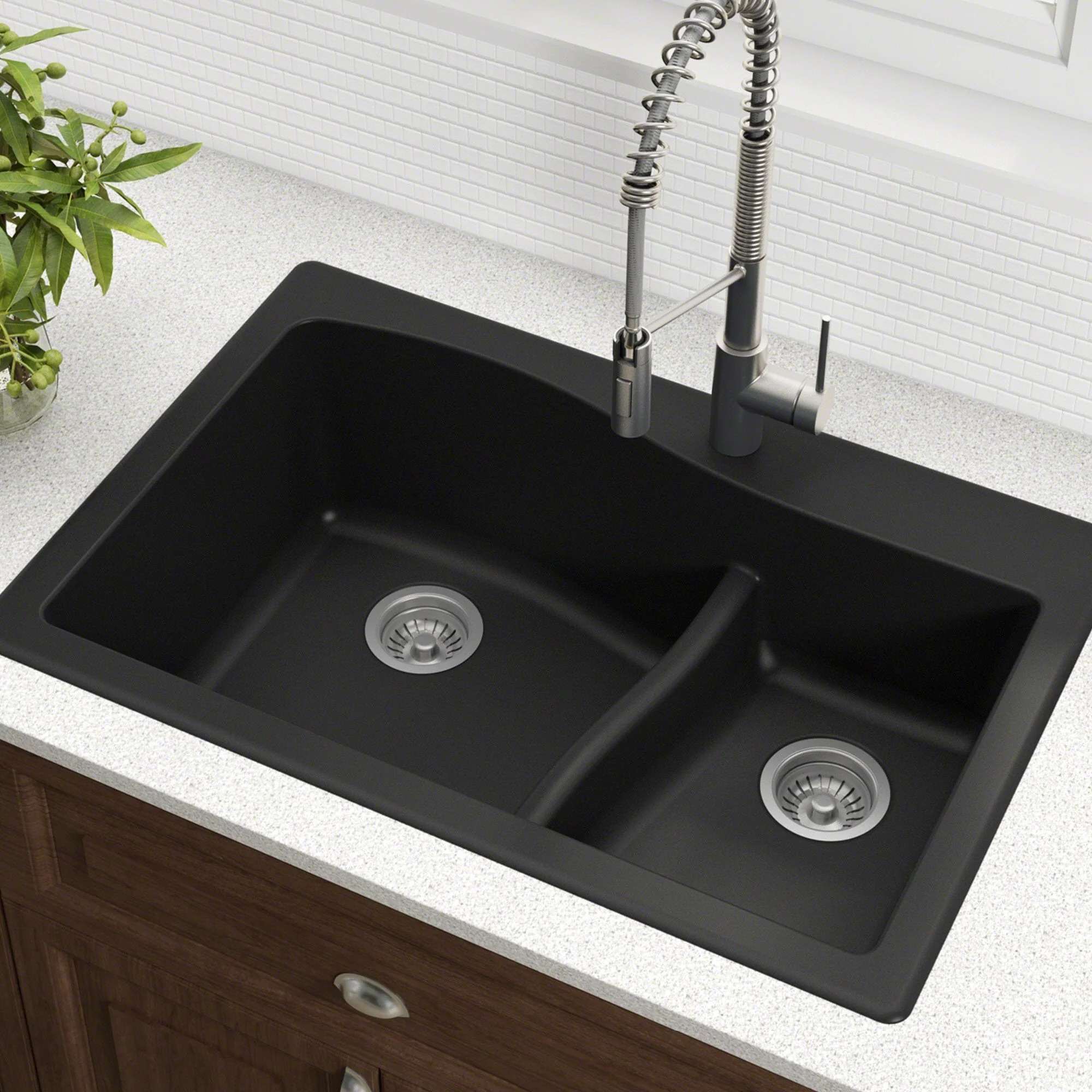

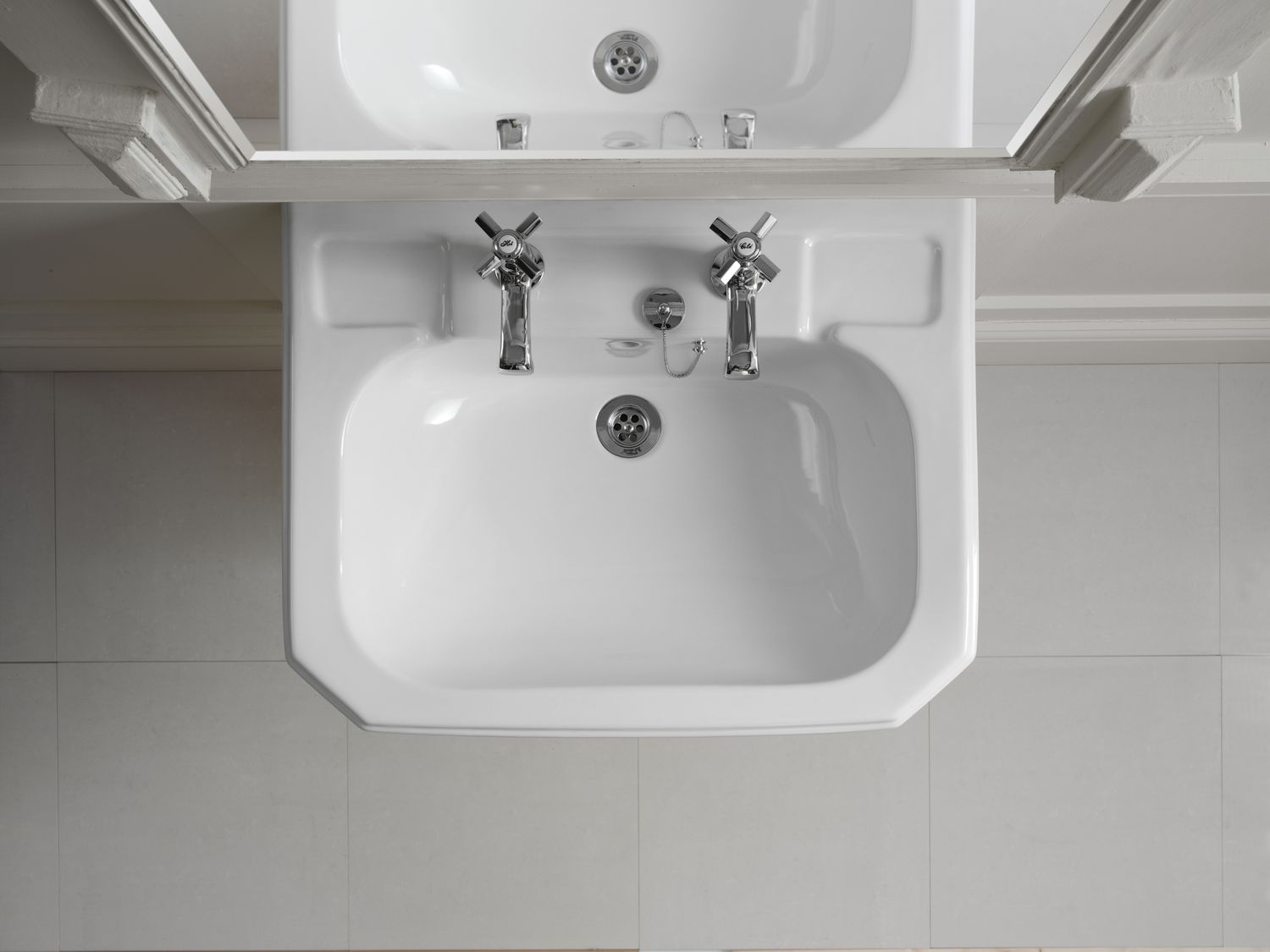
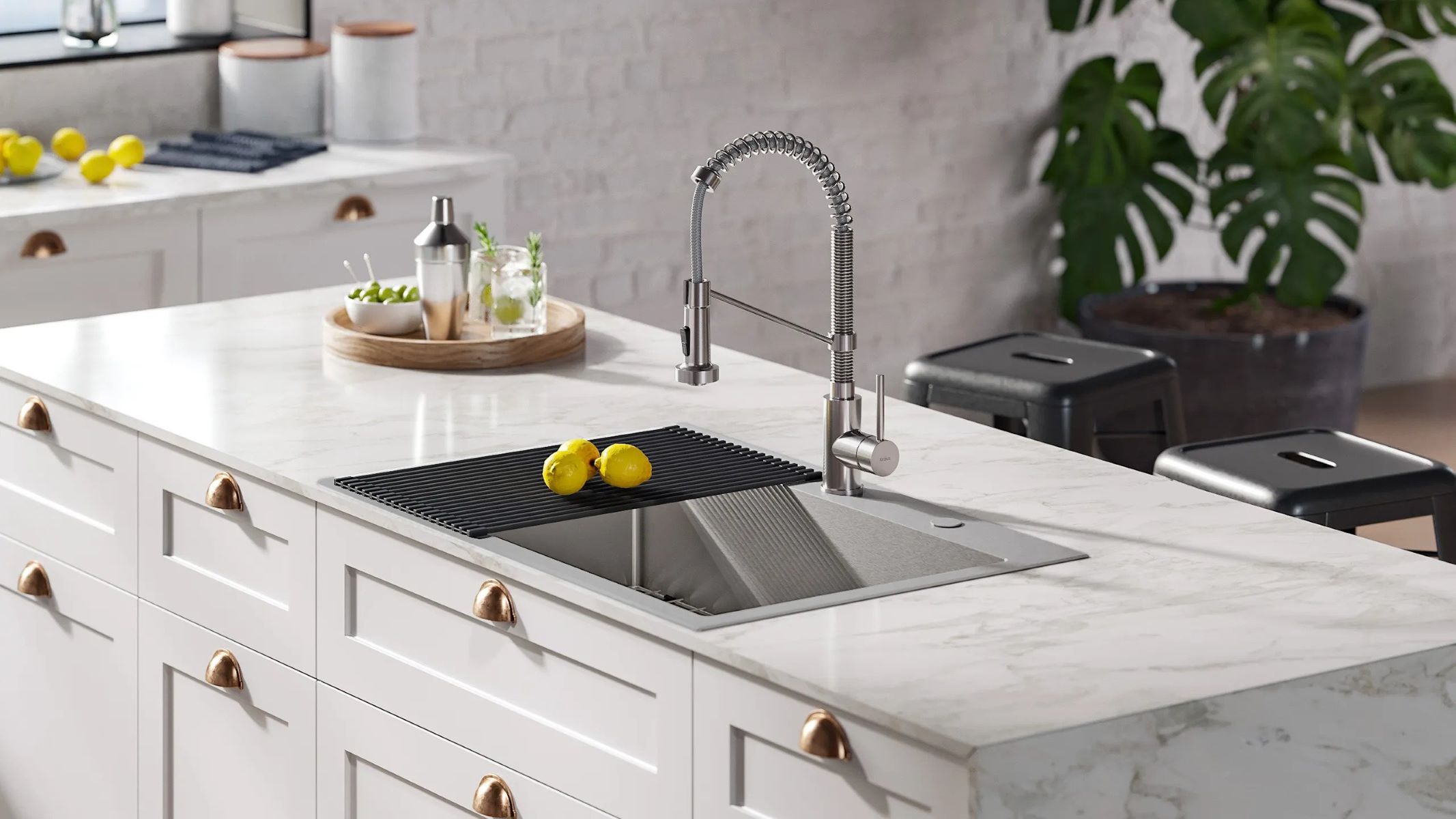
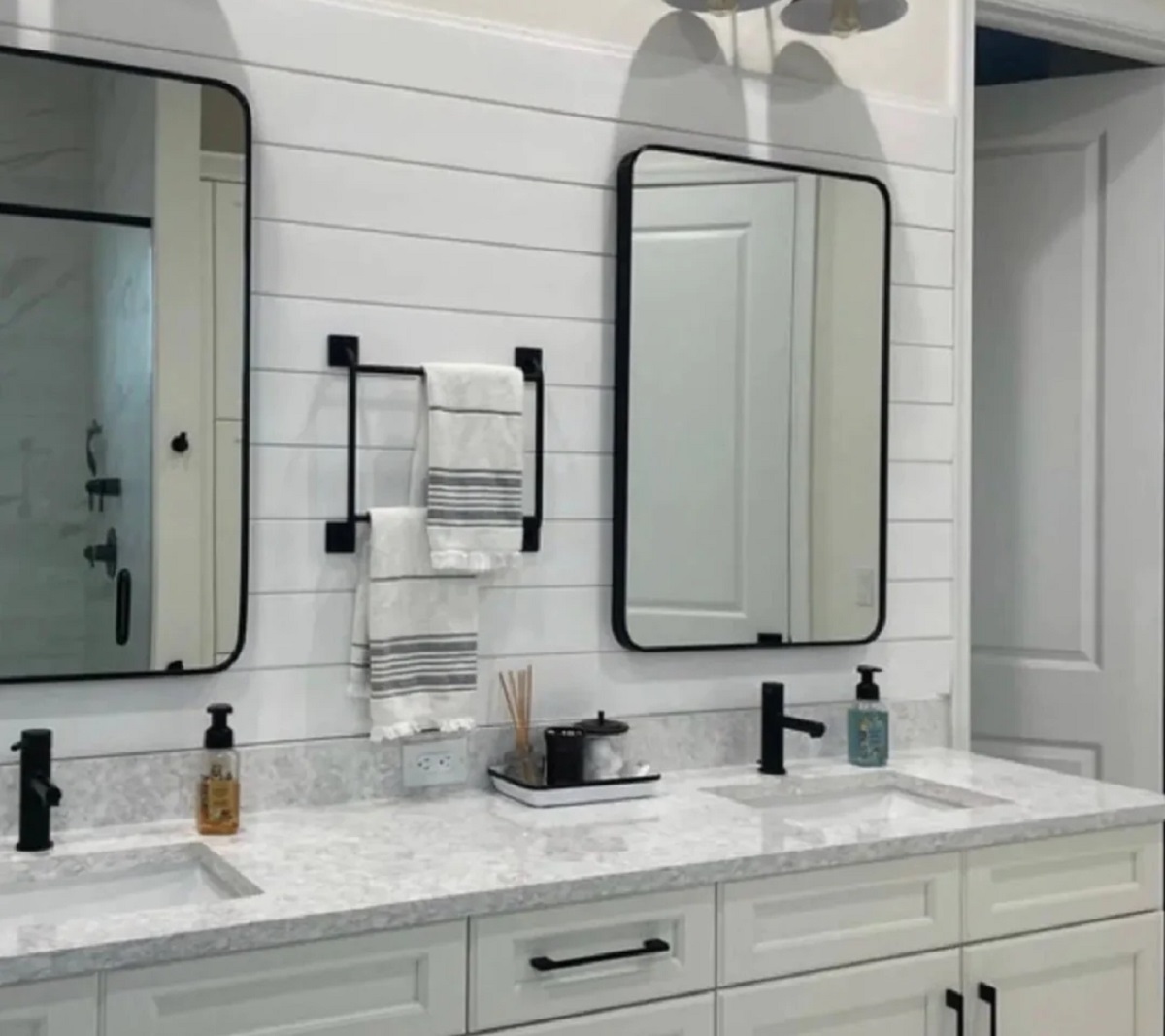
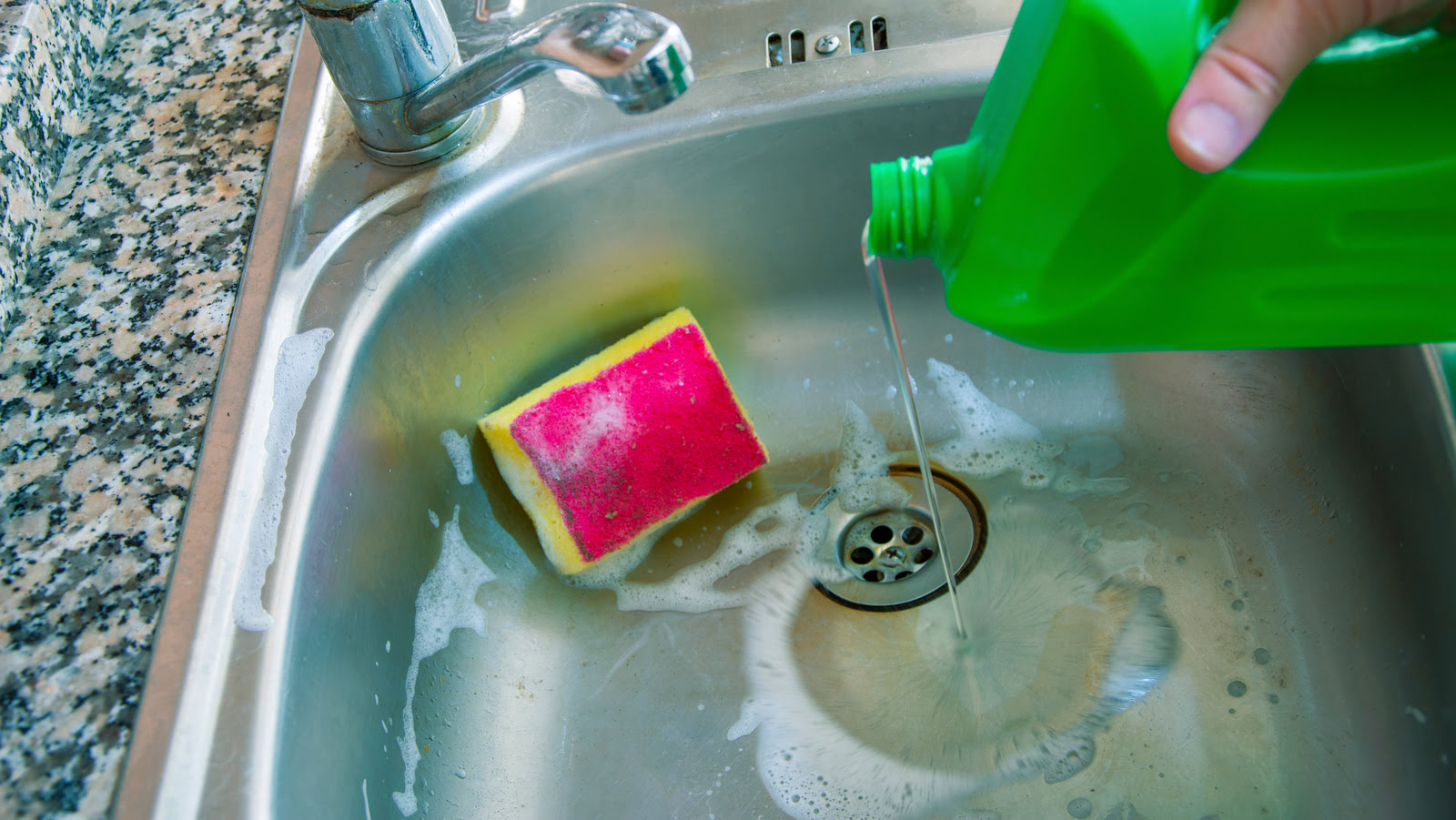



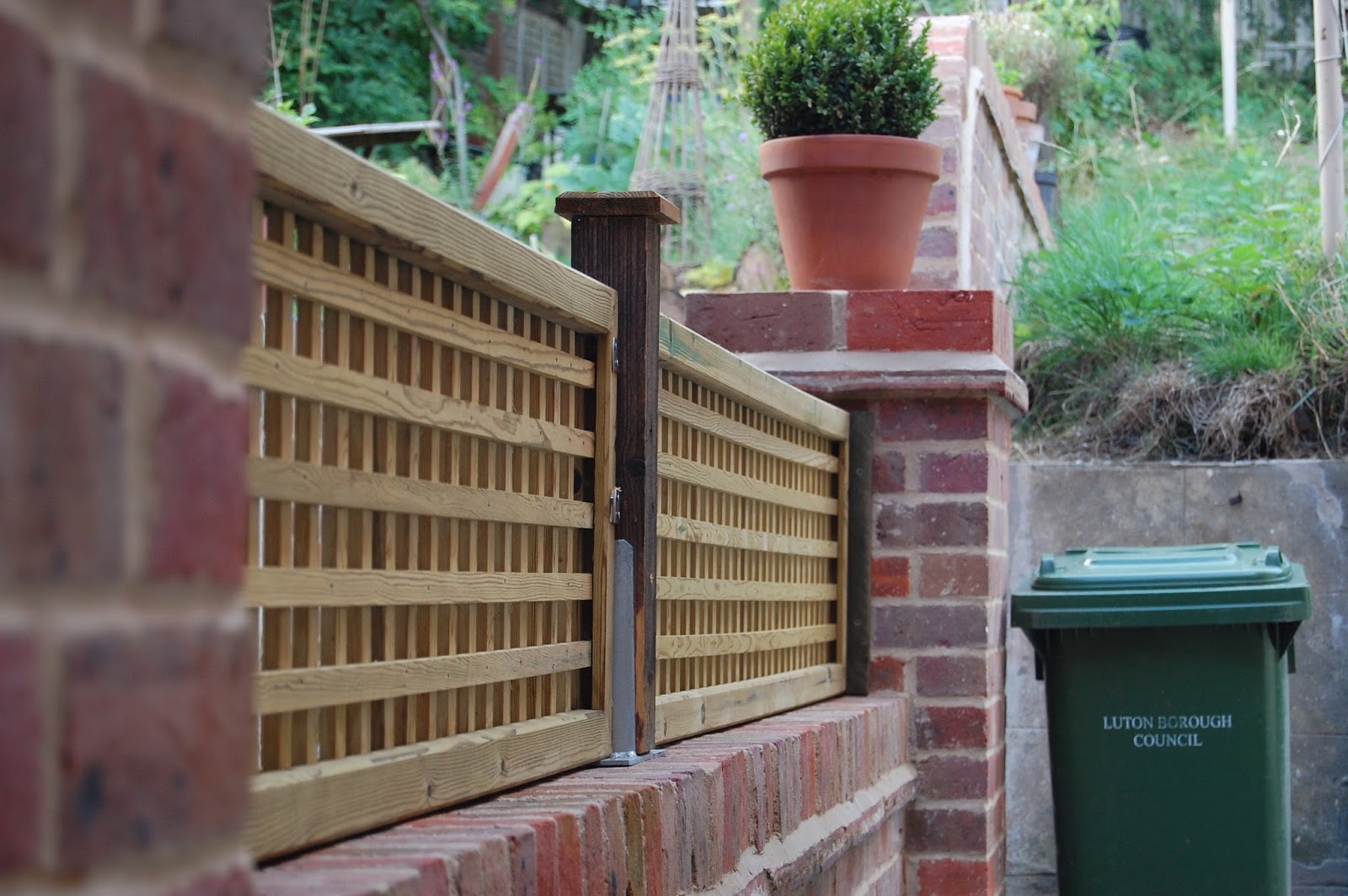
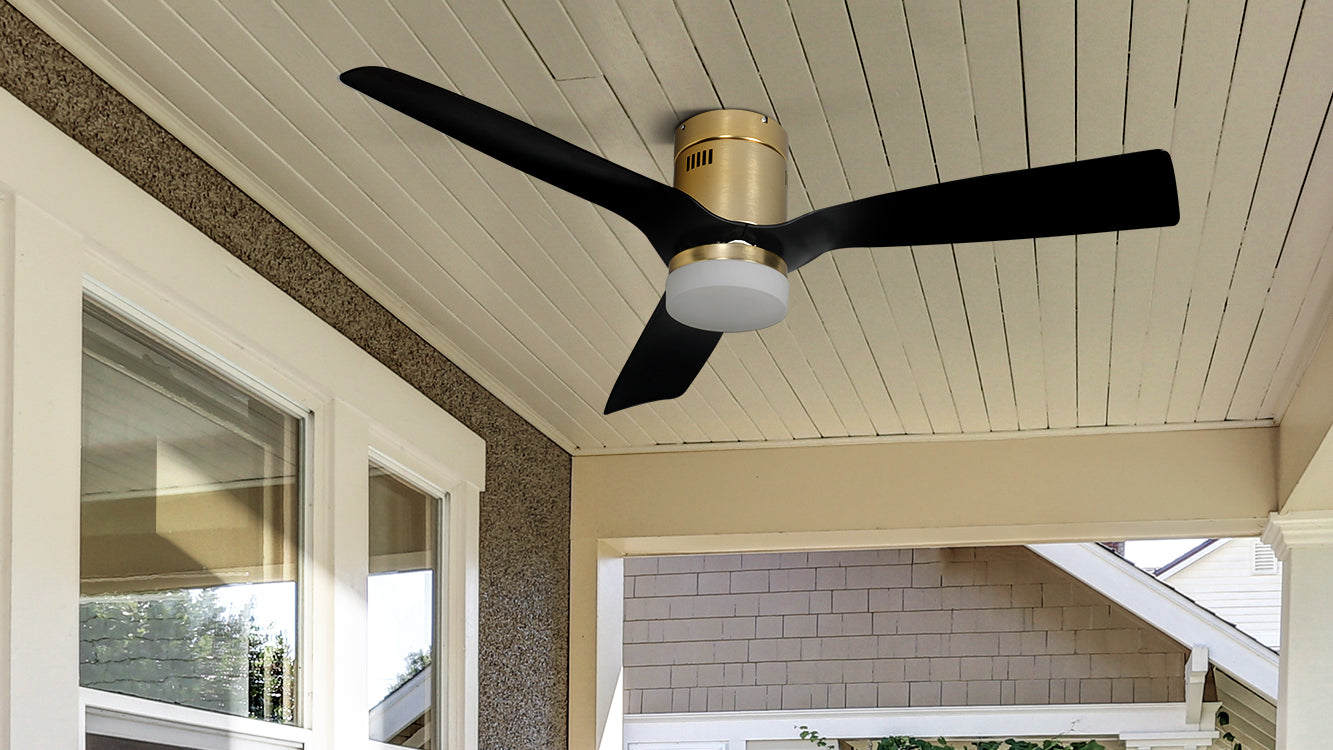

0 thoughts on “How To Mount Undermount Sink”